Introduction – Winter 2024 Newsletter
By: Kevin McKeown
Whether you are lamenting the lack of snow (**raises hand**) in your part of the world or thinking that Spring can’t come fast enough, prepare yourself for the Winter 2024 Pickering Labs newsletter! We have a little bit of everything in this edition, from new employees to new products! And we’ve rounded it out with some refreshers on Amino Acid Analysis and Post-Column methodology.
We start things off with a look at our shiny New PTS brochure! This piece of literature has certainly evolved over the past 10 years. We continue to have additions to product line, fueled both by our internal research as well as valuable customer feedback. Please have a look and don’t be shy about contacting us if you do not see what you’re looking for – our chemists and custom project manufacturing team are always up for a challenge!
Next, we have a “slick sheet” explainer on our Onyx PCX, written and designed by David Mazawa. In this, we look at Pickering Laboratories methodology and our particular strength in Amino Acid Analysis, including the support we provide using in-house manufacturing of buffers, reagents and columns, thereby guaranteeing no supply chain interruptions. David continues his Technical Support contributions with the product information bulletin: Reverse Phase Guard Update. We understand the need to keep our customers informed on any products that are replaced/updated/obsoleted; you can always contact us if you have any further questions.
In what we consider to be perhaps the most exciting part of this newsletter, we are honored to introduce two new employees in New Employee Spotlight – Jose and New Employee Spotlight – Kim! You can read these articles to learn a little more about each of them, including finding out their favorite activities outside of work and which departments they’ve joined.
What would any newsletter be without some mention of where we’ll be meeting you in-person in the near future, and this time it’s Pittcon-San Diego! We’ll give you an idea of what you’ll find at our Booth # 2321, should you happen to find yourself in Southern California at the end of February. Getting to meet with our customers and distributors is something that we always look forward to!
Our international dealers are a vital part of our business, allowing Pickering Laboratories to create a global reach otherwise unfeasible for our small team. One such dealer, Young In/Chromass, has created wonderful YouTube videos designed to educate their customers on our instrumentation. A company based in The Republic of Korea, Young In manufactures HPLC instruments that pair seamlessly with our post-column systems.
Finally, don’t forget about our Chromatography Quiz! Sticking with his Amino Acid Analysis theme, David has cooked up a fun challenge that’s all about a Noisy Baseline. Congratulations to our prior winners and best of luck to our new participants this quarter!




 Thomas Schneider from SCWA, Narjes Ghafoori from Los Angeles County Public Health Laboratory, and Josiah Hakala from Minnesota Department of Health.
Thomas Schneider from SCWA, Narjes Ghafoori from Los Angeles County Public Health Laboratory, and Josiah Hakala from Minnesota Department of Health. 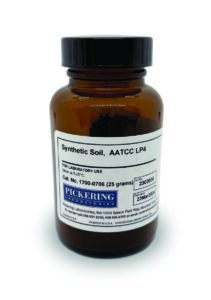 Synthetic soil is used as the soiling option for evaluations of stain and soiling related to pile yarn floor coverings. The official methods that are used for these evaluations are AATCC TM122, AATCCTM123 and ASTM D6540. The procedure to apply the test soil is being improved to make it reproducible, and this has changed the status of some of the methods. Regardless, the synthetic soil used to soil or stain the floor covering has remained the same. The ingredients used and the procedure for formulating the synthetic soil is now available as AATCC LP4-2023. The Pickering Laboratories Synthetic soil (1700-0706) follows this procedure, sieved using 200 mesh sieve and is available in 25 g quantities. This formulation can also be used in other product testing procedures that require the use of synthetic soil.
Synthetic soil is used as the soiling option for evaluations of stain and soiling related to pile yarn floor coverings. The official methods that are used for these evaluations are AATCC TM122, AATCCTM123 and ASTM D6540. The procedure to apply the test soil is being improved to make it reproducible, and this has changed the status of some of the methods. Regardless, the synthetic soil used to soil or stain the floor covering has remained the same. The ingredients used and the procedure for formulating the synthetic soil is now available as AATCC LP4-2023. The Pickering Laboratories Synthetic soil (1700-0706) follows this procedure, sieved using 200 mesh sieve and is available in 25 g quantities. This formulation can also be used in other product testing procedures that require the use of synthetic soil.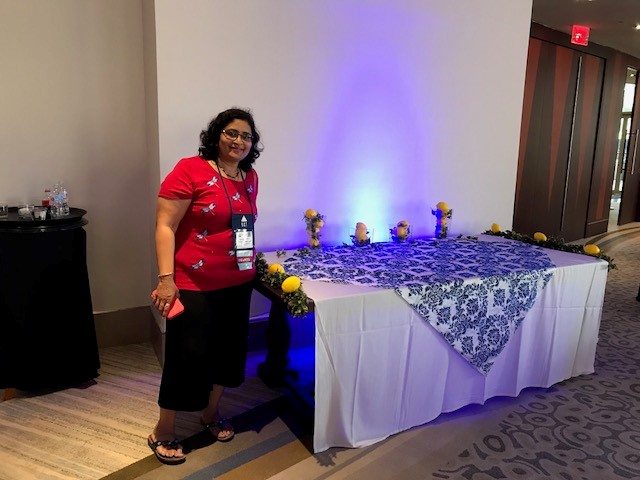
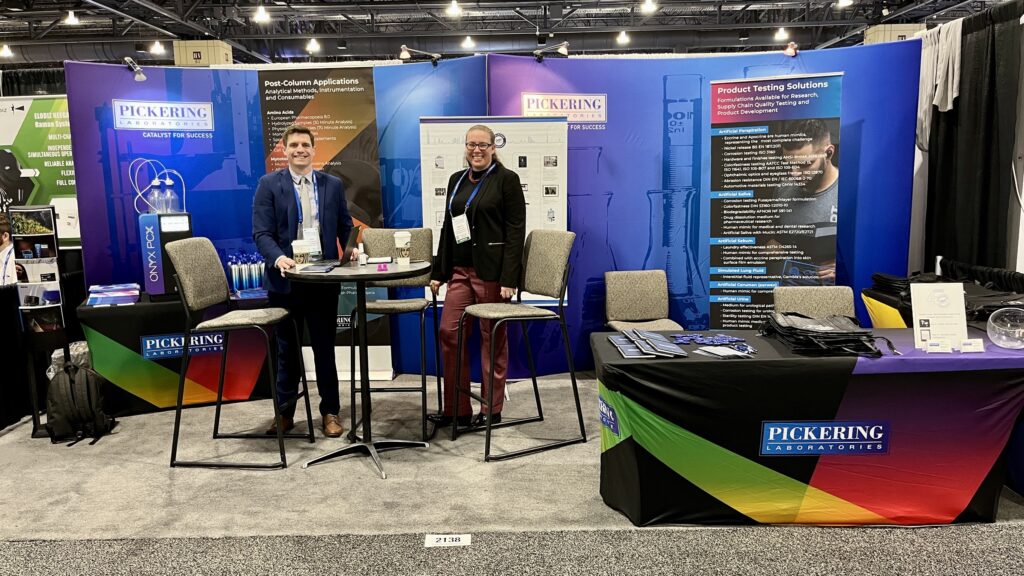

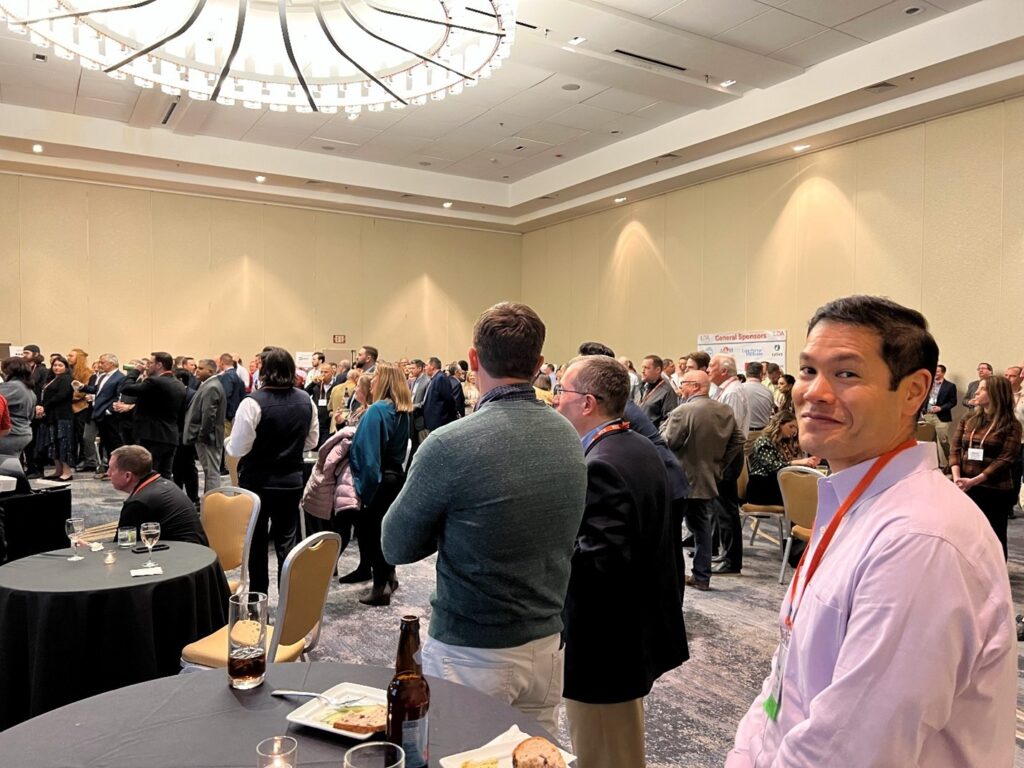
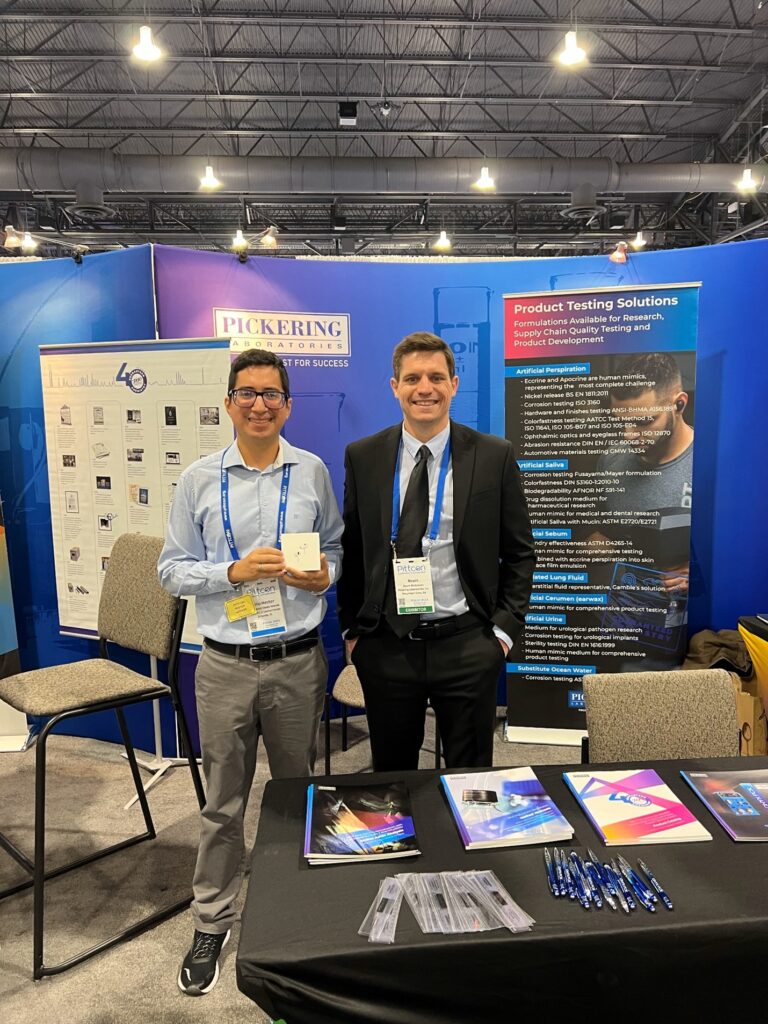
 The show consisted of many hot topics in the Pesticide Residue testing world, including the continued importance of Glyphosate monitoring. Pickering Labs has been a leader in Glyphosate/Carbamate analysis for over 30 years, so it certainly gave us a lot to talk about with the attendees! Some of the more interesting requests that we were asked about were Glyphosate in Honey and in Tomato Leaves. Using HPLC + Post-Column is not only a long-standing, tried and true way of doing this analysis, but is also completely matrix-independent: making a tricky substance like honey a perfect candidate for our instrumentation.
The show consisted of many hot topics in the Pesticide Residue testing world, including the continued importance of Glyphosate monitoring. Pickering Labs has been a leader in Glyphosate/Carbamate analysis for over 30 years, so it certainly gave us a lot to talk about with the attendees! Some of the more interesting requests that we were asked about were Glyphosate in Honey and in Tomato Leaves. Using HPLC + Post-Column is not only a long-standing, tried and true way of doing this analysis, but is also completely matrix-independent: making a tricky substance like honey a perfect candidate for our instrumentation.